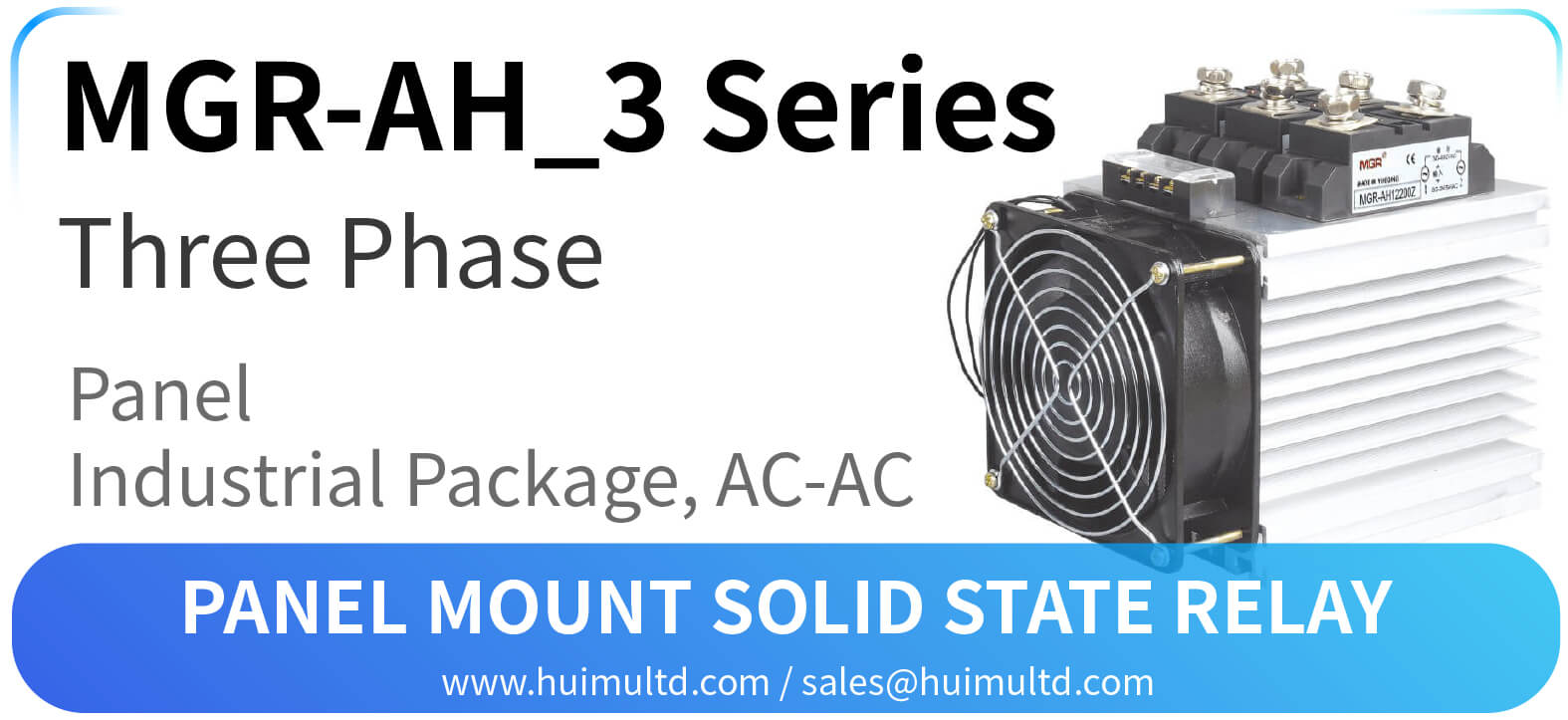§6. How to choose Power Electronic Devices
6.1 Common Power Electronic Devices
1)Uncontrollable Device
● General Purpose Diode (GPD)
Advantages: High reverse voltage peak voltage, low forward voltage drop, strong rectification ability.
Disadvantages: Long reverse recovery time and low operating frequency.
● Fast Recovery Diode (FRD)
Advantages: Short reverse recovery time, high operating frequency, low forward voltage drop, and high peak reverse voltage.
Disadvantages: Weak rectification capability.
● Schottky Barrier Diode (SBD)
Advantages: Extremely short reverse recovery time, extremely high operating frequency, and extremely low forward voltage drop.
Disadvantages: Normal rectification ability, low peak reverse voltage, high temperature sensitivity, and large leakage current.
2)Half-controlled Device
● Fast Switching Thyristor (FST)
Advantages: Short switching time, high working frequency, high dv/dt and di/dt tolerance.
Disadvantages: Low rated voltage and low rated current.
● Triode AC Switch (TRIAC)
Advantages: The reverse characteristic is the same as the forward characteristic, and it can work in an AC circuit.
Disadvantages: No reverse blocking capability.
● Reverse Conducting Thyristor (RCT)
Advantages: Low on-state voltage, short turn-off time, operating frequency significantly higher than FST, high rated junction temperature, high voltage capacity, integrated a power diode which can simplify circuit design.
● Light Triggered Thyristor (LTT)
Advantages: Optical triggering can ensure good insulation between the control circuit and the main circuit, strong anti-electromagnetic interference ability, very large current capacity, and very large voltage capacity. It is currently the power electronic device with the highest power capacity.
Disadvantages: The operating frequency is generally not high.
3)Fully-control Device
● Gate Turn-off Thyristor (GTO)
Advantages: Large voltage capacity, large current capacity, suitable for high-power applications, with conductance modulation effect, low current turn-off gain, and good thermal stability.
Disadvantages: Low switching speed, large negative gate pulse turn-off current, large driving power, and complex driving circuit.
Remarks: GTO is the first choice for high power (megawatt level), high voltage, and low switching frequency.
● Giant Transistor (GTR)
Advantages: Large voltage capacity, large current capacity, suitable for medium-power applications, good switching characteristics, low saturation voltage drop.
Disadvantages: Low switching speed, current drive, large drive power, complex drive circuit, second breakdown, higher price than IGBT.
Remarks: With the capacity of IGBT increases, GTR will gradually withdraw from the stage of history.
● Power MOSFET
Advantages: Fast switching speed, high input impedance, good thermal stability, low driving power, simple driving circuit, high operating frequency, and no second breakdown.
Disadvantages: Small current capacity, low withstand voltage, generally only suitable for power electronic devices with a power not exceeding 10kW.
Remarks: Power MOSFET is the first choice for small and medium power, low voltage and high switching frequency.
● Insulated Gate Bipolar Transistor (IGBT)
Advantages: High switching speed, low switching loss, ability to withstand pulse current impact, low on-state voltage drop, high input impedance, voltage drive, low drive power, no second breakdown.
Disadvantages: Switching speed is lower than Power MOSFET, voltage and current capacity are not as good as GTO.
Remarks: IGBT is the first choice for medium power, high voltage and low switching frequency.
● MOS Controlled Thyristor (MCT)
Advantages: Able to withstand extremely high di/dt and dv/dt, extremely fast switching speed, low conduction voltage drop, small switching loss, high voltage capacity, and high current capacity.
Disadvantages: The voltage capacity and current capacity are smaller than IGBT, but the cost is higher than IGBT.
● Static Induction Transistor (SIT)
Advantages: The operating frequency is larger than that of Power MOSFET, and the power capacity is larger than that of Power MOSFET.
Disadvantages: Normally open, large on-state resistance, large on-state loss.
● Static Induction Thyristor (SITH)
Advantages: Conductance modulation effect, low on-state voltage drop, large current capacity, switching speed is higher than that of GTO, and current turn-off gain is smaller than that of GTO.
Disadvantages: Mostly normally open.
● Integrated Gate-Commutated Thyristor (IGCT)
Advantages: The power capacity is equivalent to GTO, the switching speed is 10 times that of GTO, and no complicated buffer circuit is required.
Disadvantages: High driving power.
6.2 Power Module
In the previous chapters, it is mentioned that more and more power electronic devices have begun to be modularized. Modularity refers to packaging multiple devices in a module to reduce the manufacturing cost of the device and reduce the volume of the device. At the same time, because modularization reduces the leads in the circuit, the circuit design is simplified, and the circuit inductance is also greatly reduced, thereby reducing the demand for protection circuits and buffer circuits, and further simplifying the circuit design, making the circuit more reliable.
Common power modules include solid-state thyristor modules, solid-state power diode rectifier modules, solid-state fully-controlled bridge rectifier modules, and solid-state half-controlled bridge rectifier modules. You can click the product page to get more information about the power module.
